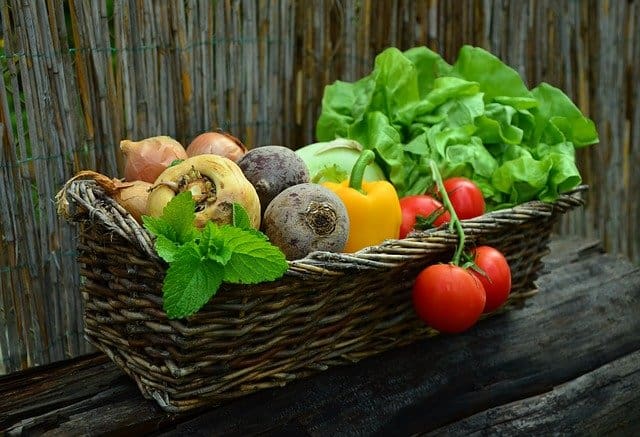6 Classes Of Food With Examples And Functions

Food can be classified into six (6), and these classes help us know the nutrients our daily meals must contain to have a balanced diet. The quality and quantity of the nutrients consumed is very important. There can be malnutrition, under-nutrition, and over-nutrition based on the adequacy or inadequacy of the amount and quality of nutrients consumed.
Food is a basic need of a person. It is a physiological need that is very basic to a person. The quantity and quality of the food that a person consumes must be adequate. When adequate quantity and quality of the foods are eaten, there will be:
- Vitality
- Good health
- Emotional stability
- Resistance against illnesses and diseases
- Enthusiasm for the challenges of life
When either the quantity or the quality of the foods is inadequate, there can be:
- Lack of stamina
- Poor Physical Appearances
- Tiredness
- Lack of enthusiasm
- High susceptibility to illnesses and diseases.
Good nutrition makes a lot of difference in an individual’s appearance and nutritional well-being.
Foods, as meals, are eaten at certain times of the day. We then have breakfast, lunch, and dinner to remove hunger periodically. In between these meals, people still eat for pleasure. Certain foods are usually associated with the meals of the day. Breads, eggs, yams, cereals, fruit juices, bacon, and sausage are closely associated with breakfast. Pounded yam, Amala. Eba, Semovita, Egusi soup (melon soup), Okro soups, Rice, Beans, and Fried plantains are often more closely associated with lunch and dinner.
Read: Examples of perishable foods
Classes of Food
- Carbohydrates
- Protein
- Fat and Oil
- Minerals
- Vitamins
- Water
Carbohydrates: They provide energy for daily tasks and are the primary fuel source for your brain’s high energy demands. Fiber is a special type of carbohydrate that helps promote good digestive health. Carbohydrates can be obtained from amala, rice, bread, corn, yam, potato, fibers, etc.
Protein: It has many roles in the body. It helps repair and build your body’s tissues, allows metabolic reactions, and coordinates bodily functions. Examples are meat, beans, fish, soya beans, eggs, peanuts, cheese, and chicken.
Vitamins: They help shore up bones, heal wounds, and bolster your immune system. They also convert food into energy and repair cellular damage.
| Vitamins | Food sources |
| Vitamin A | Eggs, milk, carrots, sweet potatoes, and cantaloupe |
| Vitamin C | Oranges, strawberries, tomatoes, kiwi, broccoli, and red and green bell peppers |
| Vitamin E | Avocados, nuts, seeds, whole-grain foods, and spinach and other dark leafy greens |
Fats: They provide energy for living organisms, insulate body organs, and transport fat-soluble vitamins through the blood. Examples are palm oils, groundnut oil, butter, margarine, sardine, pork, egusi oil, and cod liver oil.
Minerals: It helps keep bones, muscles, heart, and brain working properly. Minerals are also essential for making enzymes and hormones. Examples are cereals, bread, meat, fish, milk, dairy, nuts, fruit (especially dried), and vegetables.
Water: It Regulates body temperature and moistens tissues in the eyes, nose, and mouth. It also protects body organs and tissues and carries nutrients and oxygen to cells.
